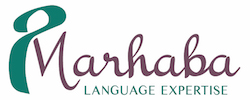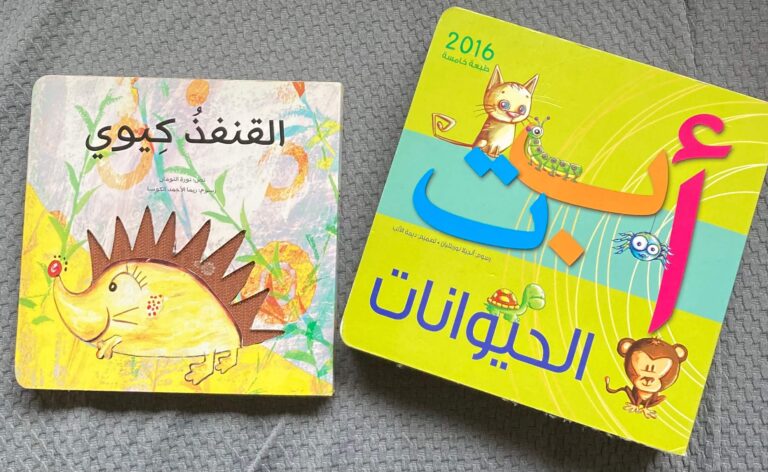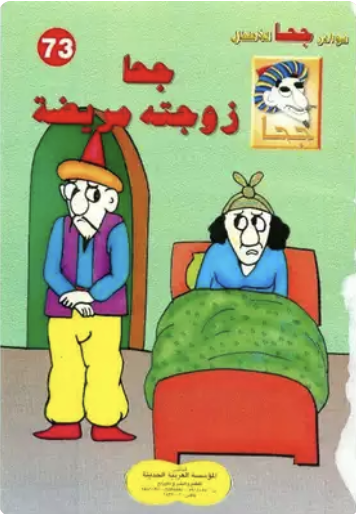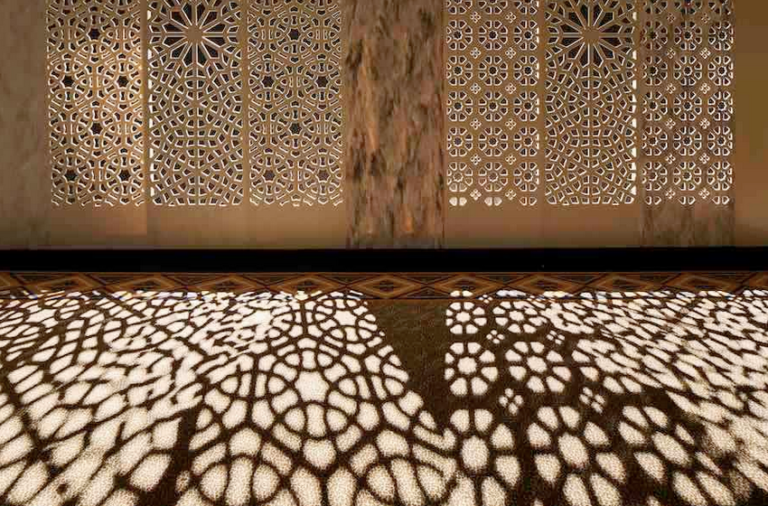Same and Different: How Unity and Diversity Break Our Hearts and Mend Them
Normally, I publish exactly one post on this blog at the start of each month. I’m making an exception this month, prompted by personal reflections on a recent incident at Hamline University, after signing a petition in support of a faculty member who was dismissed from teaching after showing an image in class that disturbed a student. The petition is here.
Note: I do include the image in question after the next paragraph. It’s small enough to skip over, for anyone who wants to avoid it, and hopefully large enough for all those who want to see it to know what is being discussed here.
I’ll paraphrase its summary of the incident here, for those unfamiliar with it. “Dr. Erika López Prater…included in her class discussion a medieval Islamic painting of the Prophet Muhammad receiving Qur’anic revelations…[The image] appears in a manuscript copy of Rashid al-Din’s ‘Compendium of Chronicles,’ made in Iran during the early 14th century…Dr. López Prater noted in her syllabus that such images would be included in the course, that the visual exercise and discussion were optional, and that she gave verbal cues both before and after the image was shown in their online class.” A student complained that the image was offensive because she was Muslim and was not to look at images of the Prophet Muhammad. Within a wide range of practice in the Muslim community throughout history, this is a limited perspective that does not represent the attitudes of all Muslims or even the range of accepted opinions in Islamic legal contexts. Not allowing such images in a classroom is not the answer. For a sense of how this student’s perspective does not represent all of Islam, see Amna Khalid’s piece, “Most of All, I Am Offended as a Muslim,” here. Also, see the Muslim Public Affairs Council’s statement defending the teacher’s right to share this image in class here. Hamline allegedly gave the faculty member no opportunity to explain herself and promply dismissed her from the Hamline community altogether.
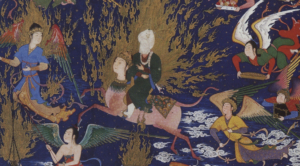

In this incident, I see several problems. First there is a problem, within the Islamic community, of what is or is not acceptable regarding images of the Prophet Muhammad. That is something that each Muslim must figure out in each particular situation. In this case, it sounds like the student was provided with the option of staying and viewing the image or of not viewing the image. That is an individual choice.
Second, there is a problem of a lack of freedom in the classroom. Faculty members must be free to bring together a variety of perspectives in the classroom to educate students. Students need to encounter this variety in order to be informed and to learn how to think for themselves. That freedom must be respected to ensure quality education that aims to help students think critically. This is an ongoing issue in education, but is particularly challenging right now because of the third problem. For 3 institutional statements in support of the teacher, see here.
The third problem is the current political and economic crises that create an atmosphere of hasty and hurtful reactive decisions. As the United States struggles to come to terms with the racism in its legacy, any accusation of misrepresentation or racism is particularly inflammatory. The economic crisis following the global pandemic is also at work here. Like every industry, higher education is encountering a great deal of change and challenge. This results in decisions made from a place of fear and insecurity.
The resolution to the problems presented in this incident is clearly not silencing the educator and our sources of knowledge. Erasing part of our past, our heritage, is not the answer. To silence a part of our past is to silence a part of ourselves.
Likewise, berating all religious people as being anti-reason is also not the answer because they are us. No matter what line we may draw in the sand between us and them, in the end we are all travelers through regions that appear to us sometimes familiar and sometimes strange. Just as we each appear, to ourselves and others, as sometimes familiar and sometimes strange. Our perceived differences are opportunities to reconnect with forgotten parts of ourselves.
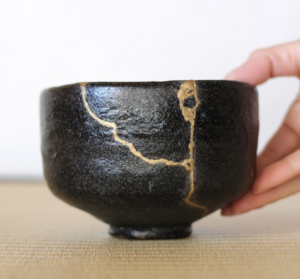
What we need is more “both/and” thinking, instead of “either/or” thinking. Consider two examples. First is Kintosukuroi, a Japanese art consisting of pottery that is broken and then repaired with gold or silver lacquer. Brokenness can enhance the finished product. Our hearts and ability to empathize and understand others can break open, enhanced by our own experiences of sadness/disappointment/guilt/grief/etc. Opportunities for forgiveness are gifts; they are opportunities for us to reconnect with forgotten parts of ourselves. The Hamline incident points to many places where we can all seek to become more balanced in our understanding of various perspectives (such as: racism and prejudice; higher education values and administrative realities; and diversity of opinions within religious communities).
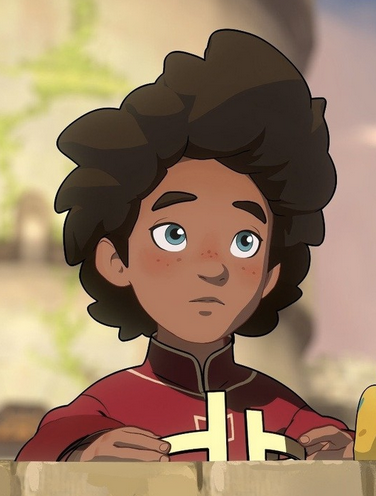

The second example comes from the popular Netflix show, The Dragon Prince season 4 (episode 3, “Breathtaking”). The young boy king Ezran says that he is angry and hurt, but nevertheless challenges his people to hold both pain and hope in their hearts at the same time. If we want to stay open and sane, able to hear others’ perspectives, we must hold space for our pain alongside the willingness to hope for better understanding. This is a time when we must strive to be patient with one another, holding space for a diversity of perspectives, and endeavoring to find our common ground.
